This white box will make it easier for migratory birds to coexist with offshore wind turbines.
"It tracks all birds that move in the area up to a mile away", says researcher Anna Nilsson at the Norwegian Institute for Natural Research (NINA).
She stands next to a brand new bird radar that the institute has set up at the Lista Bird Station in Agder.
The radar, the second of its kind in Norway, will map migratory birds both in spring and autumn.
The aim is to find out how the birds migrate along the coast to reduce collision with wind turbines.
The researchers will also look at key resting places for birds along the migration routes.
"These are sites where the development of wind power should ideally be avoided", says Nilsson.
The radar rotates once per second to scan the airspace.
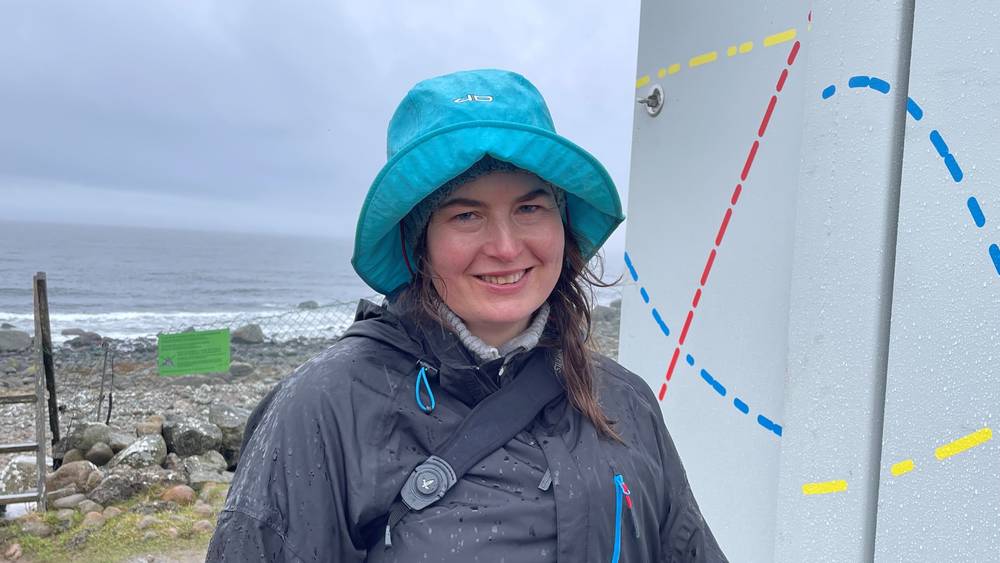
Researcher Anna Nilsson at the Norwegian Institute for Natural Research says that the project will continue for two years.
Collisions with wind turbines
The project will result in a tool that will facilitate placing wind power where it causes the least possible damage.
Senior researcher Roel May at NINA is the leader of the project called VisAviS.
He believes it is high time to put this data in place.
"We know millions of birds migrate along the coast, but can’t pinpoint exactly when and where. That knowledge needs to be more specific and clear", says May.
He says that wind turbines are dangerous for migratory birds in two ways:
-
Birds can collide with them.
-
They form a barrier that means birds have to fly around them and thus use extra energy.
The goal is for both governing authorities and the wind power industry to benefit from the knowledge.
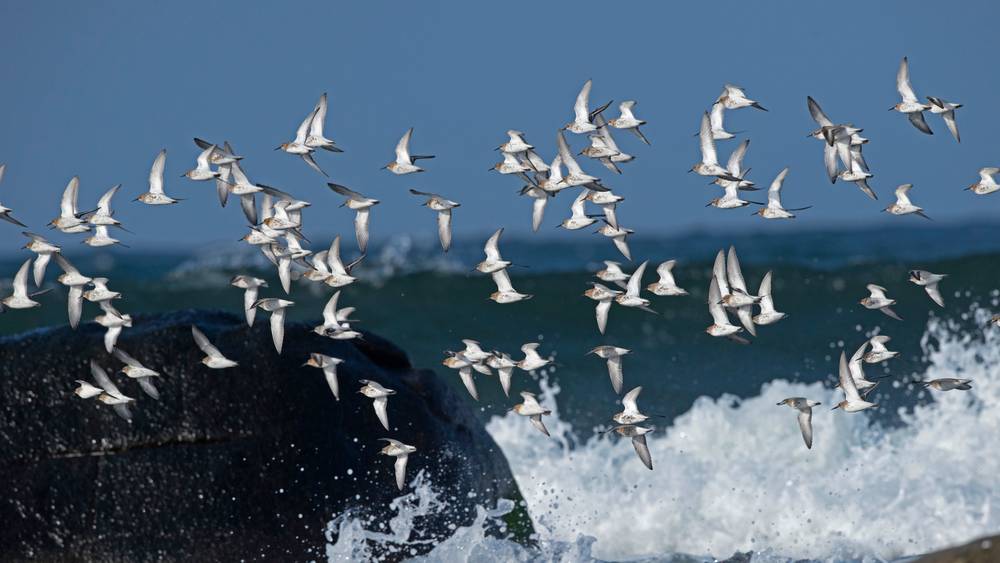
Common snipe at Lista lighthouse. "The waders are numerous and there are many different species", says Jan Erik Røer in Birdlife Norway.
An El Dorado for birdwatchers
Advisor Jan Erik Røer in Birdlife Norway has worked as a project coordinator at the Lista Bird Station for over 30 years.
He says that Lista is an El Dorado for birdwatchers. "The site is the largest landing place in the country for migratory birds on their way across the North Sea".
The first birds pass through and the last birds leave from here.
"Lista has a completely unique position in Norway because of the coastline. It’s the location where the most bird species have been seen, around 340", says Røer, who is himself a keen photographer.
The second bird radar in Norway is located at Utsira in the North Sea.
The project also receives data from a bird radar that Equinor has installed on the floating offshore wind farm Hyvind Tampen in the North Sea.
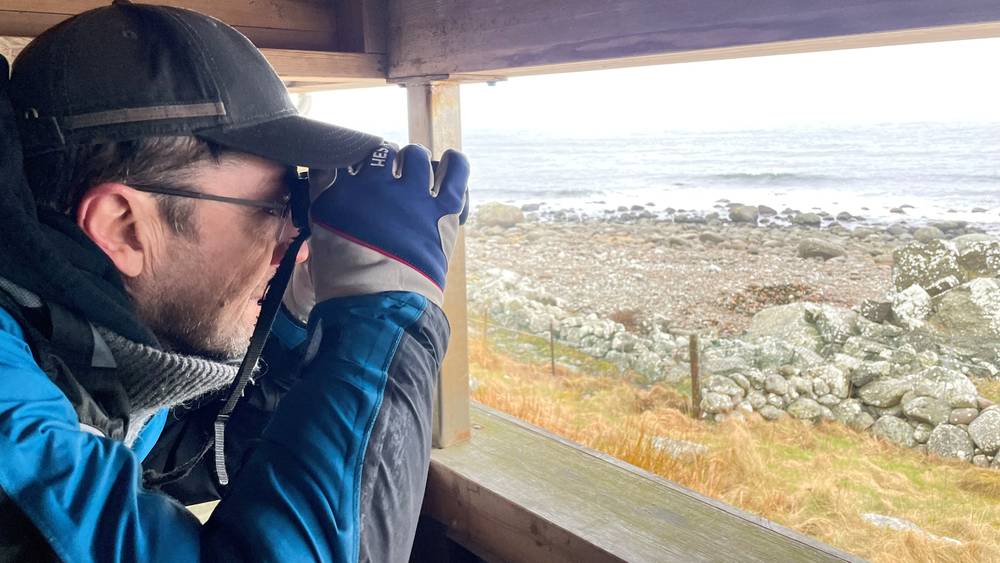
Jan Erik Røer is a consultant at Birdlife Norway. Here he is on the trail of a peregrine falcon.
Fly-by-night
"Look, there's a peregrine falcon flying over there!"
Røer has "caught" one using binoculars.
He explains that the bird radar cannot yet classify bird species, but that the peregrine falcon would have been seen as "tracks" on the radar.
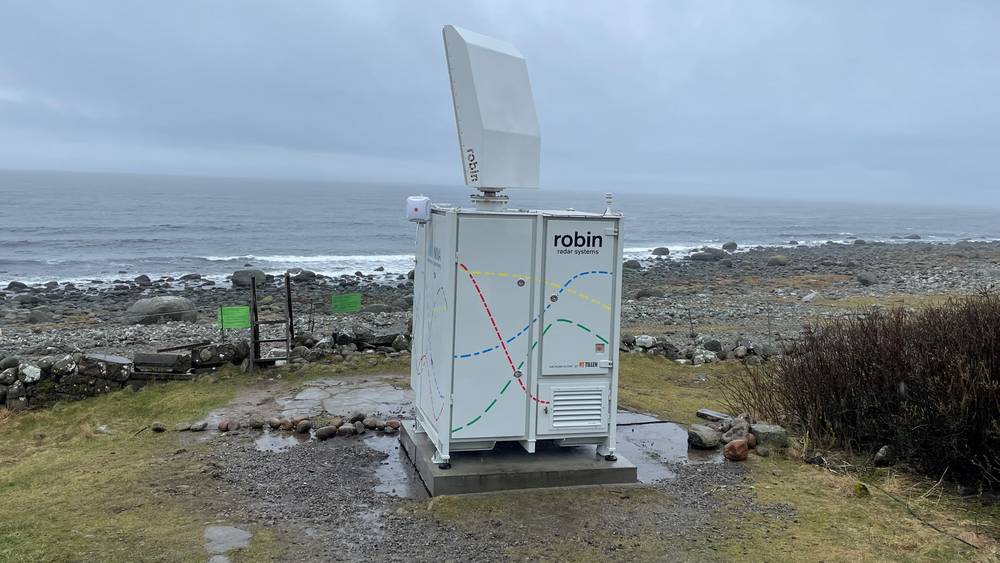
The brand new bird radar at Lista Bird Station will map all migratory birds that move in the area in autumn.
"The person looking at the "radar track" can then input the species as a peregrine falcon, and it goes into the database", says Røer.
The results in the database are then processed by the Norwegian Institute for Natural Sciences (NINA).
The project is financed by the Norwegian Research Council and the offshore wind industry itself. The radar will map and record bird migration for two years, in spring and autumn.
The project has an approximate cost of NOK 20 million.
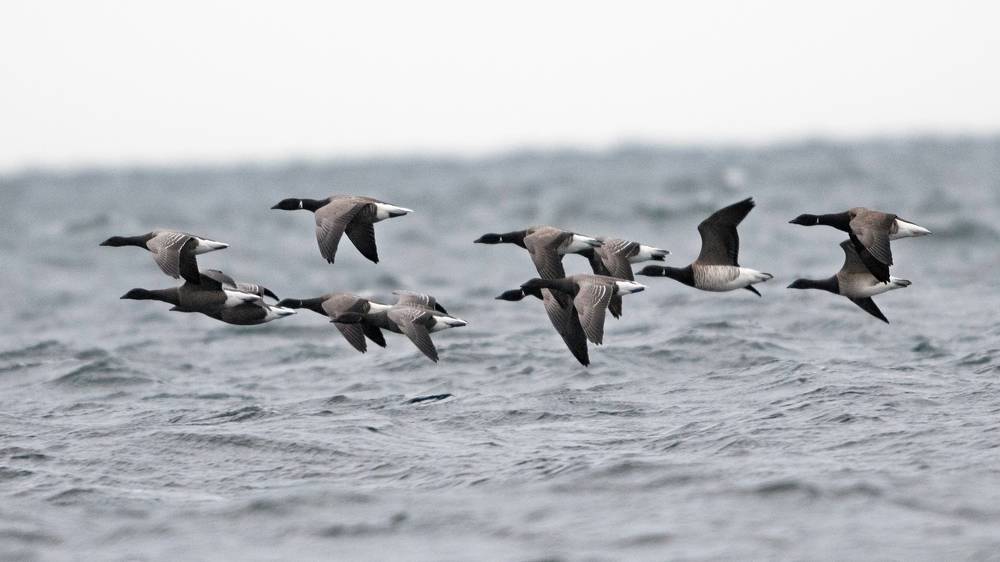
Ringed geese at Lista lighthouse. "They breed on Svalbard and travel down the coast in the spring. Wind turbines are a threat to this population", says Jan Erik Røer in Birdlife Norway.
Observing for over 33 years
Lista Bird Station has been observing birds for 33 years and has been assigned the task of doing a ground-truthing for the classification of the birds.
All their material will be combined with the insights the radar provides.
"Finding out which species are passing through is important because any of them could be a red-list species".
Røer refers to ringed geese where the entire population migrates within a couple of days, always following a fixed route.
"A large offshore wind farm in the middle of their migration route, which could "grind up" the entire population, is a typical horror scenario", says Røer.
He explains that the project is in any case only a small piece in a large puzzle.
Because 90 per cent of birds are active at night, no one is tracking them.
"We, therefore, have no control over the majority of the birds; but by getting a clearer picture of the main migration routes, we map how the birds migrate along the coast", says Røer.
This article originally appeared in NRK on 16th April 2023. It has been translated from Norwegian to English and republished here. Click here for the original (online) Norwegian language article.
Original Authors: Hans Erik Weiby, Heidi Ditlefsen

